Grow These Herbs For Fresh Flavor All Year Round
Herbs are a great way to add flavor to your cooking and improve your health. While you may be used to dried herbs or buying fresh from the grocery store, the herbs on this list are easy to grow in your home and you'll love the fresh flavors and fragrances they add. Many can be grown from seed, or you can start with a small plant from a local nursery.
Basil
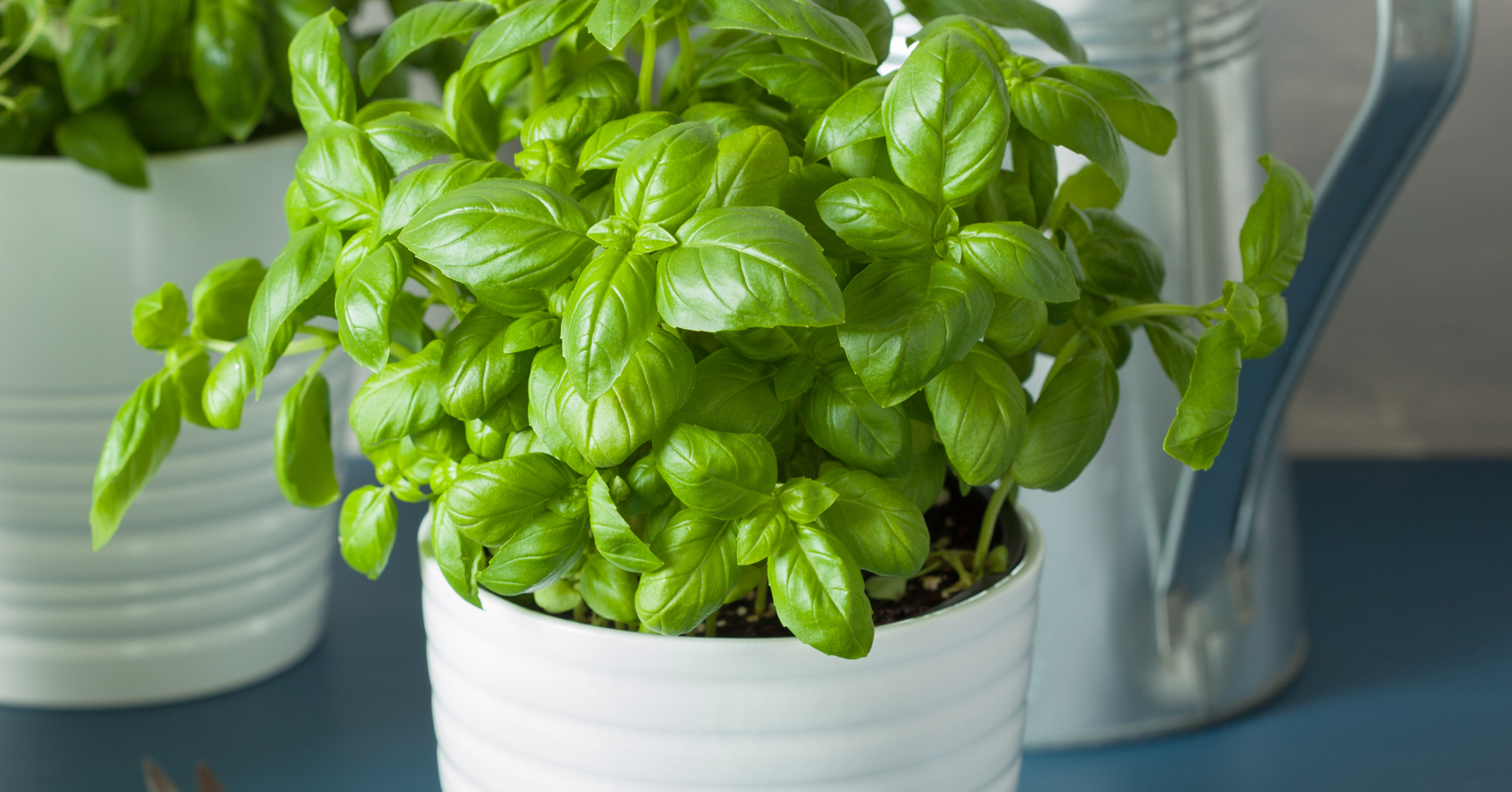
Basil is a popular herb that is often used for salads, pasta dishes, pizza, and making pesto. It has a sweet and slightly peppery flavor. There are a wide variety of cultivars including (but not limited to) Genovese, Thai, Lemon, and Holy. If you have a particular dish you're planning to make with Basil on a regular basis, do a quick search to see what cultivar you should grow to best match the desired flavor of the dish.
Mint
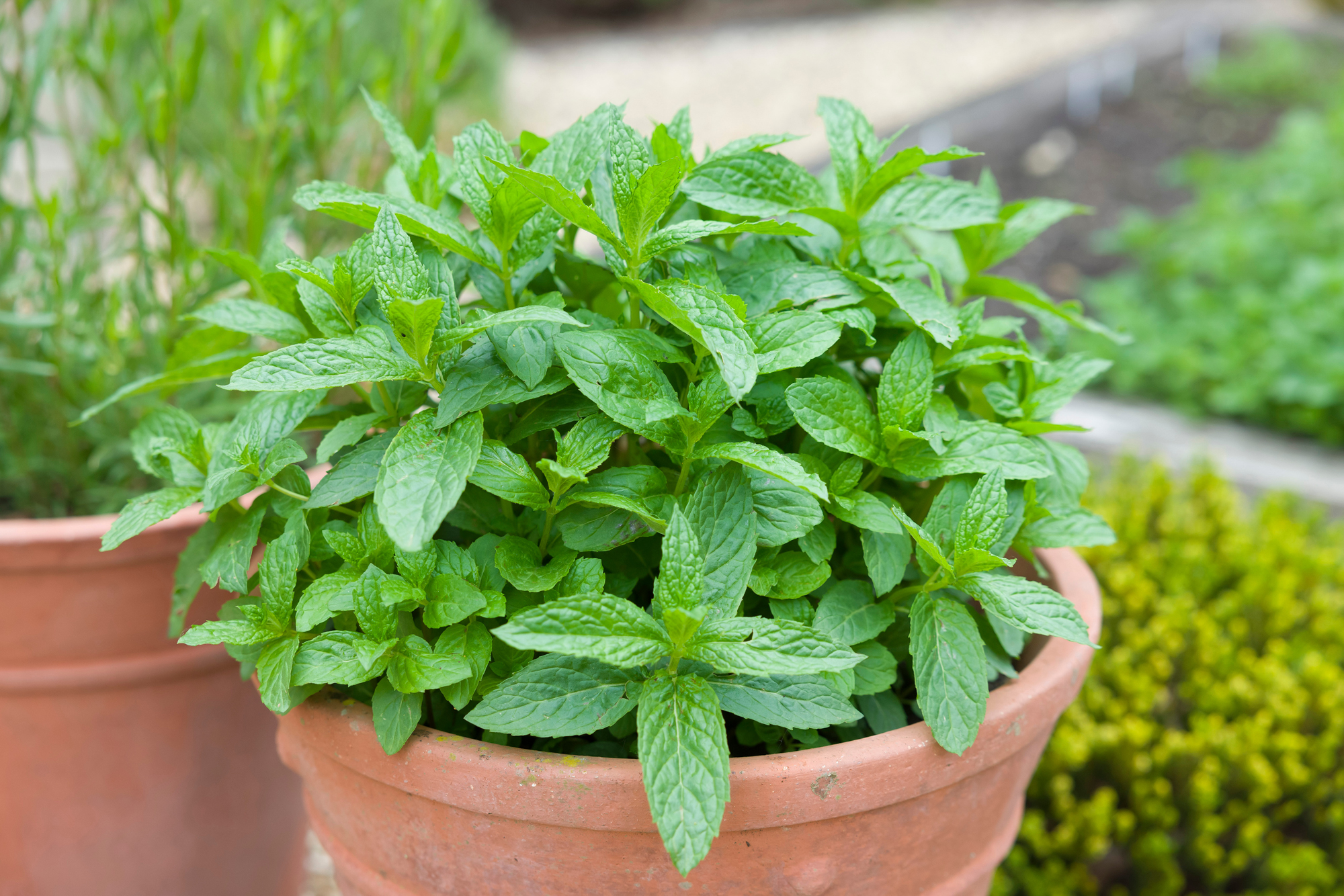
While it's most commonly remembered around Christmas time, Mint is a great herb to have on hand in the kitchen. It has a cool, refreshing menthol flavor. This herb can be added to drinks, salads, and desserts alike. Mint leaves also make great tea that can help clear sinuses, relieve headaches, and improve your energy.
Rosemary
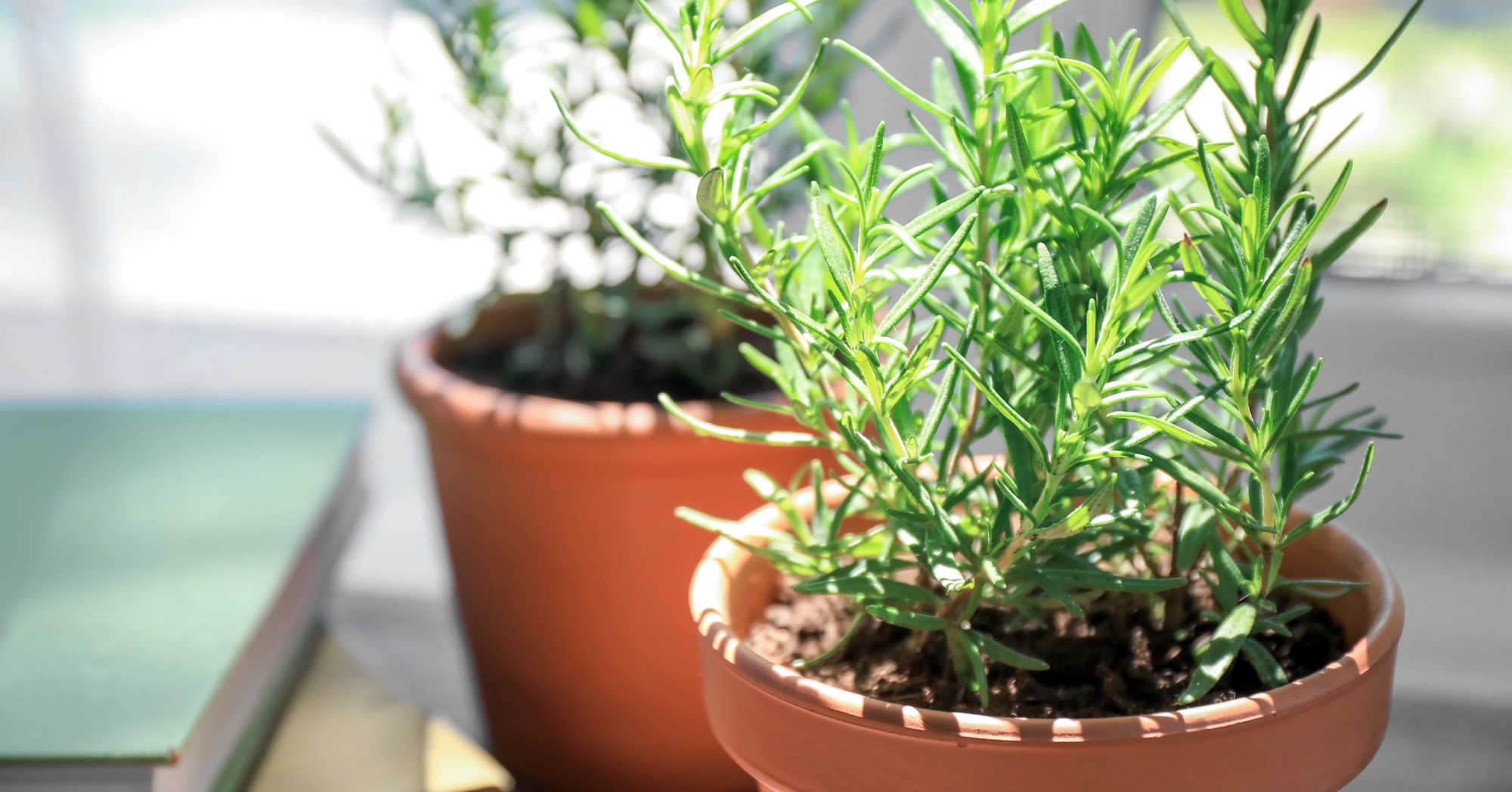
Rosemary is quite aromatic and has needle-like leaves with a savory flavor. Many recipes call for rosemary, especially roasted meats, potatoes, and vegetables. This herb is frequently infused with oil and is a delightful addition to homemade bread. When used for its aromatic properties, rosemary can help increase focus and relieve stress.
Parsely
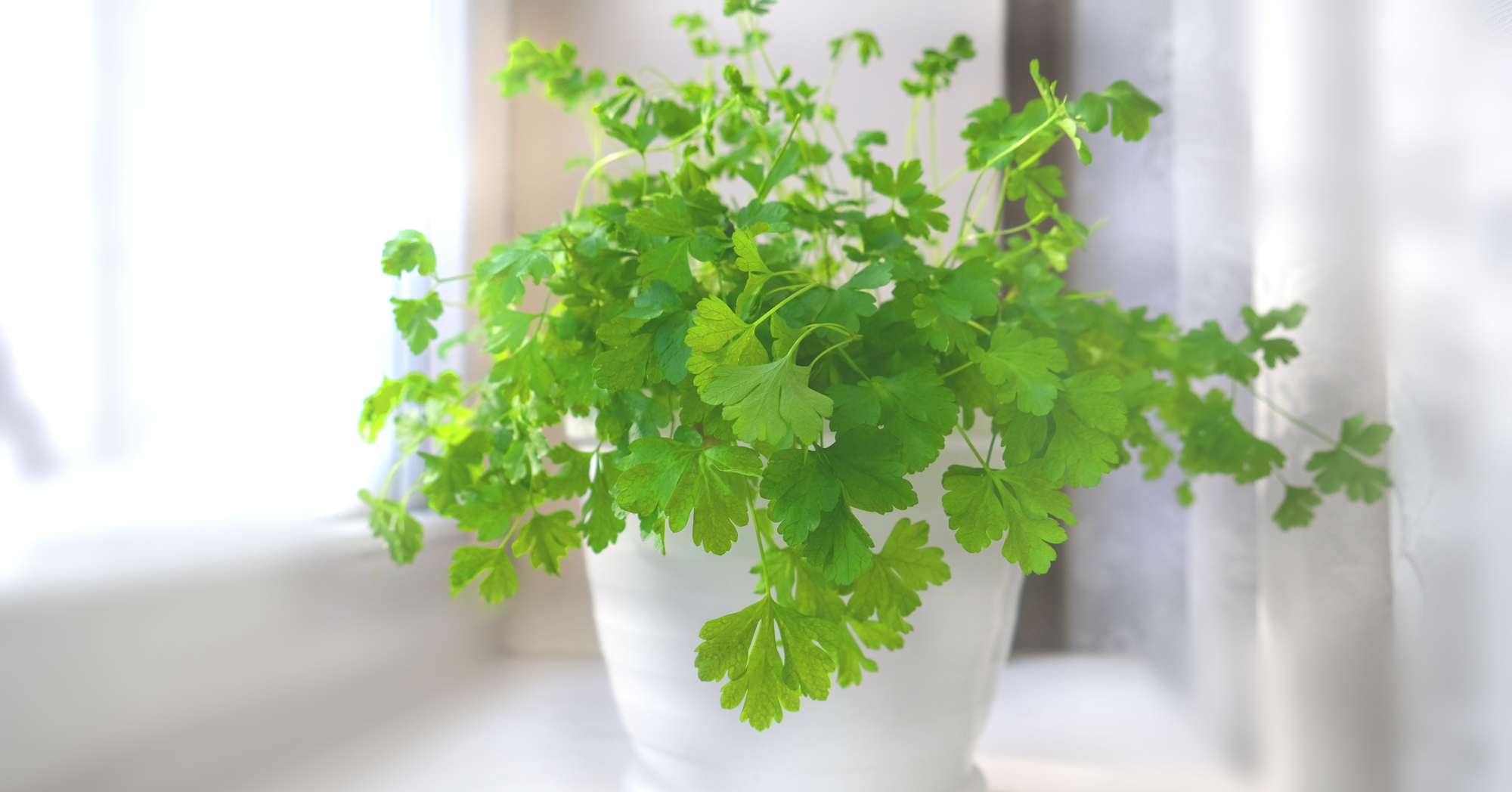
Perhaps the most common herb garnish, parsley has a very mild but bright flavor. It's a crucial ingredient when making Chimichurri as well as some pestos. You can use parsley to add flavor to salads, soups, and roasted vegetables. Parsley works especially well on fish recipes with a hint of lemon juice.
Thyme
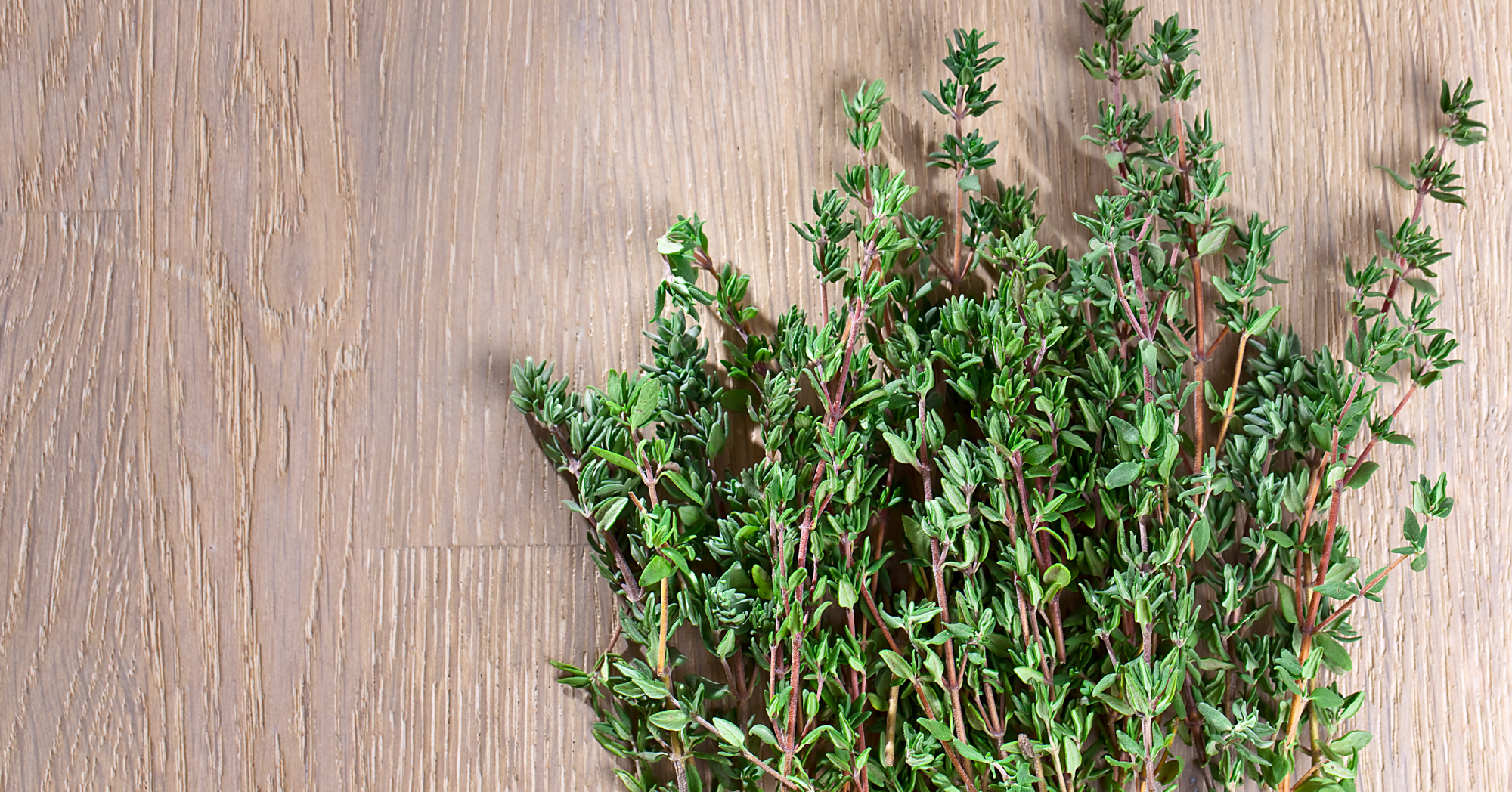
Thyme is a bushy, fragrant herb with small delicate leaves and a warm, earthy flavor. This is a must-have herb for veggie lovers as it's great for seasoning roasted vegetables. You'll also find thyme works well as a seasoning for meats and soups. Like many other herbs, Thyme is also used as a natural remedy to help improve coughing and headaches.
Chives
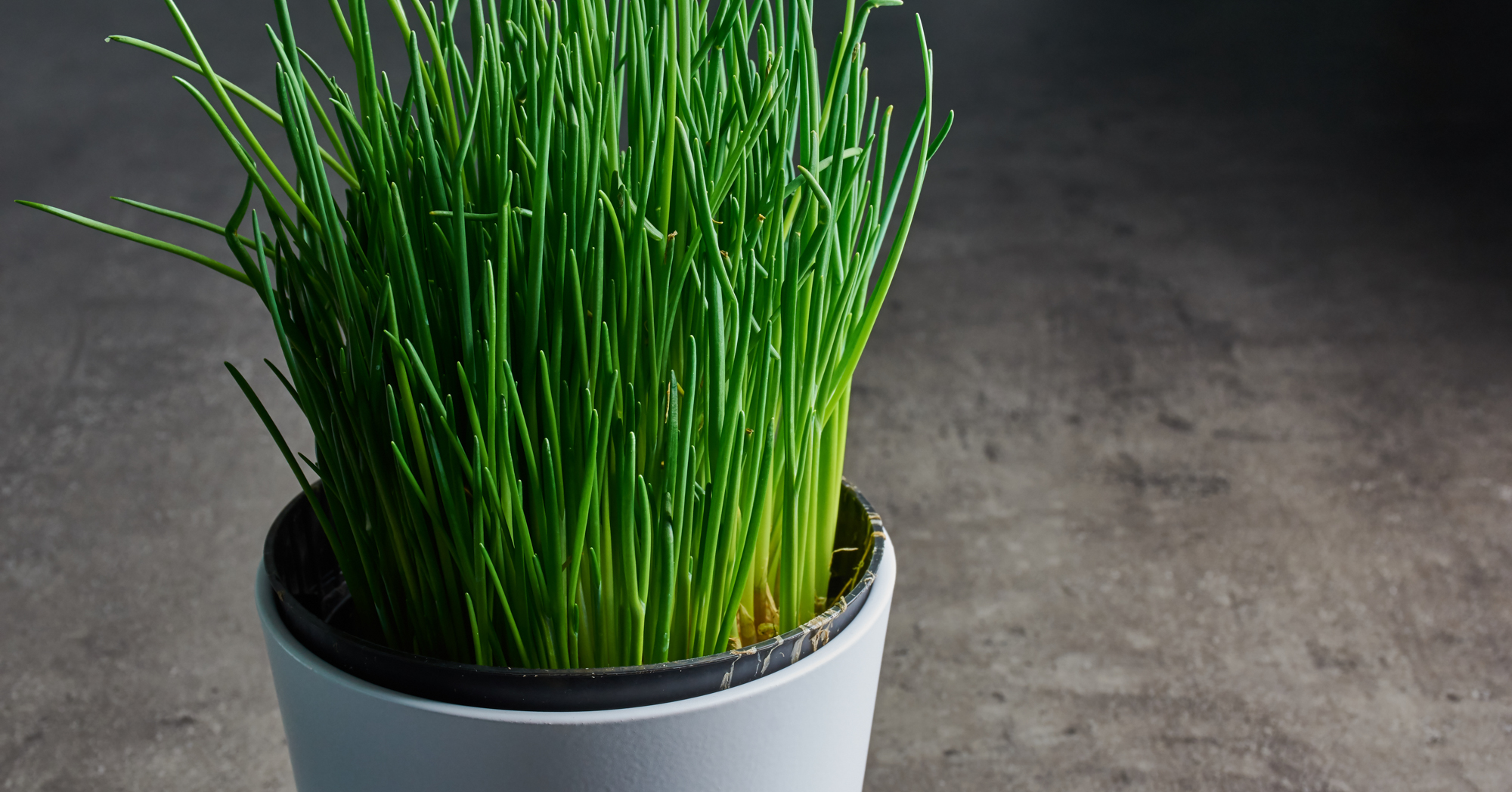
This narrow, grass-like herb has a mild onion flavor. You'll find chives used frequently as a garnish for soups, salads, and baked potatoes. In fact, potato recipes are one of the most popular uses for chives. While not a perfect substitute, chives can be swapped out for onions in some recipes. They also work well as a garnish for omelets.
Oregano
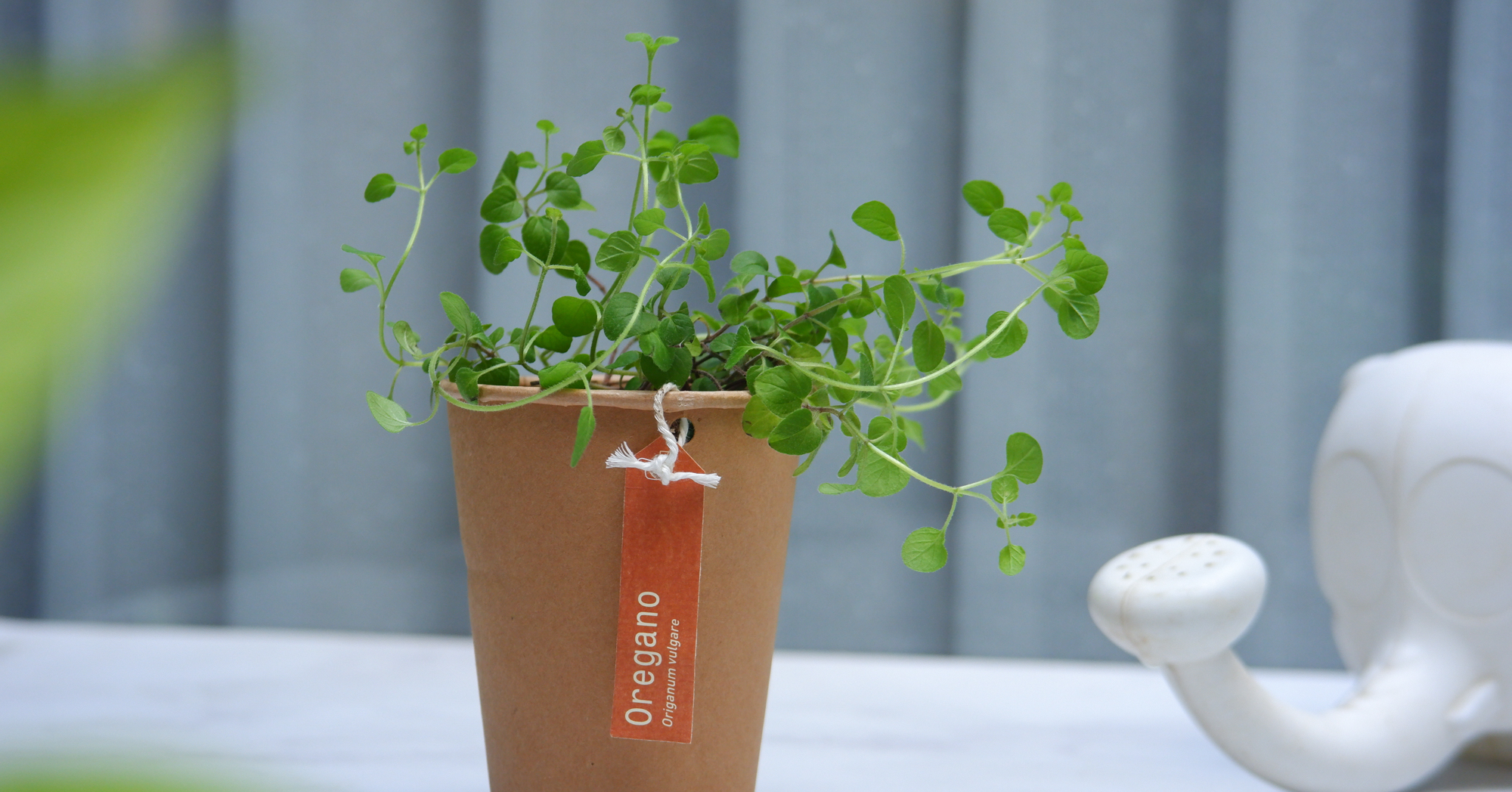
Oregano is a pungent and aromatic herb with a bold, slightly bitter flavor. It's regularly used in Italian and Mediterranean recipes and works especially well in tomato-based dishes, pizzas, and pasta sauces. Many herbs lose their potency when dried, but oregano is an exception to this rule. So if your oregano plant starts growing faster than you can use it, dry cutting off some sprigs to dry and use later.
Cilantro/Coriander
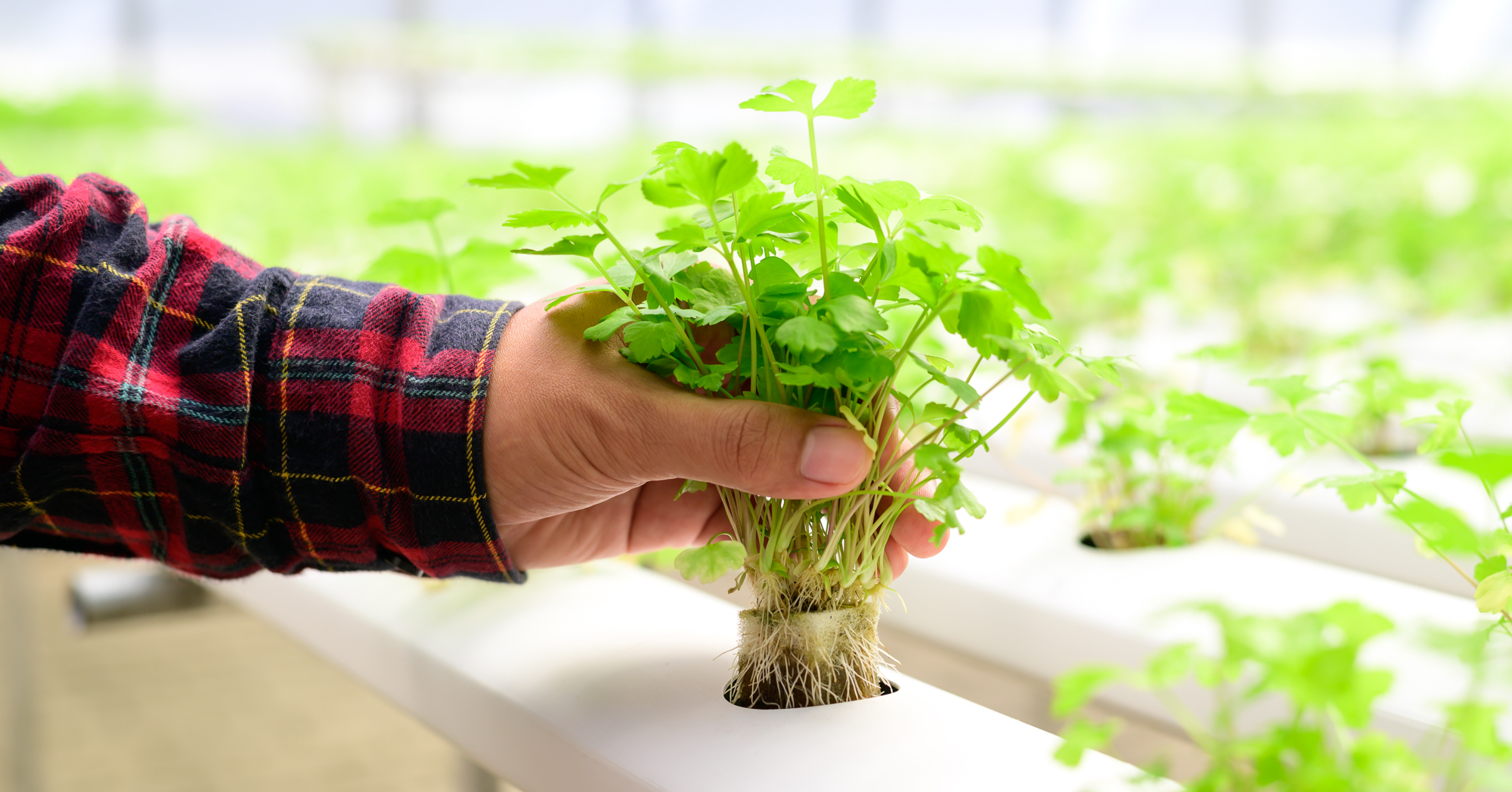
Many people aren't aware that Cilantro and Coriander are the same plant. As an herb, Cilantro refers to the leaf of Coriandrum sativum, whereas Coriander refers to the seeds. Cilantro is an annual, meaning it will generally only grow for one year. However, it will flower and produce seeds (Coriander) before it dies which you can replant or grind and use as a spice.
Dill
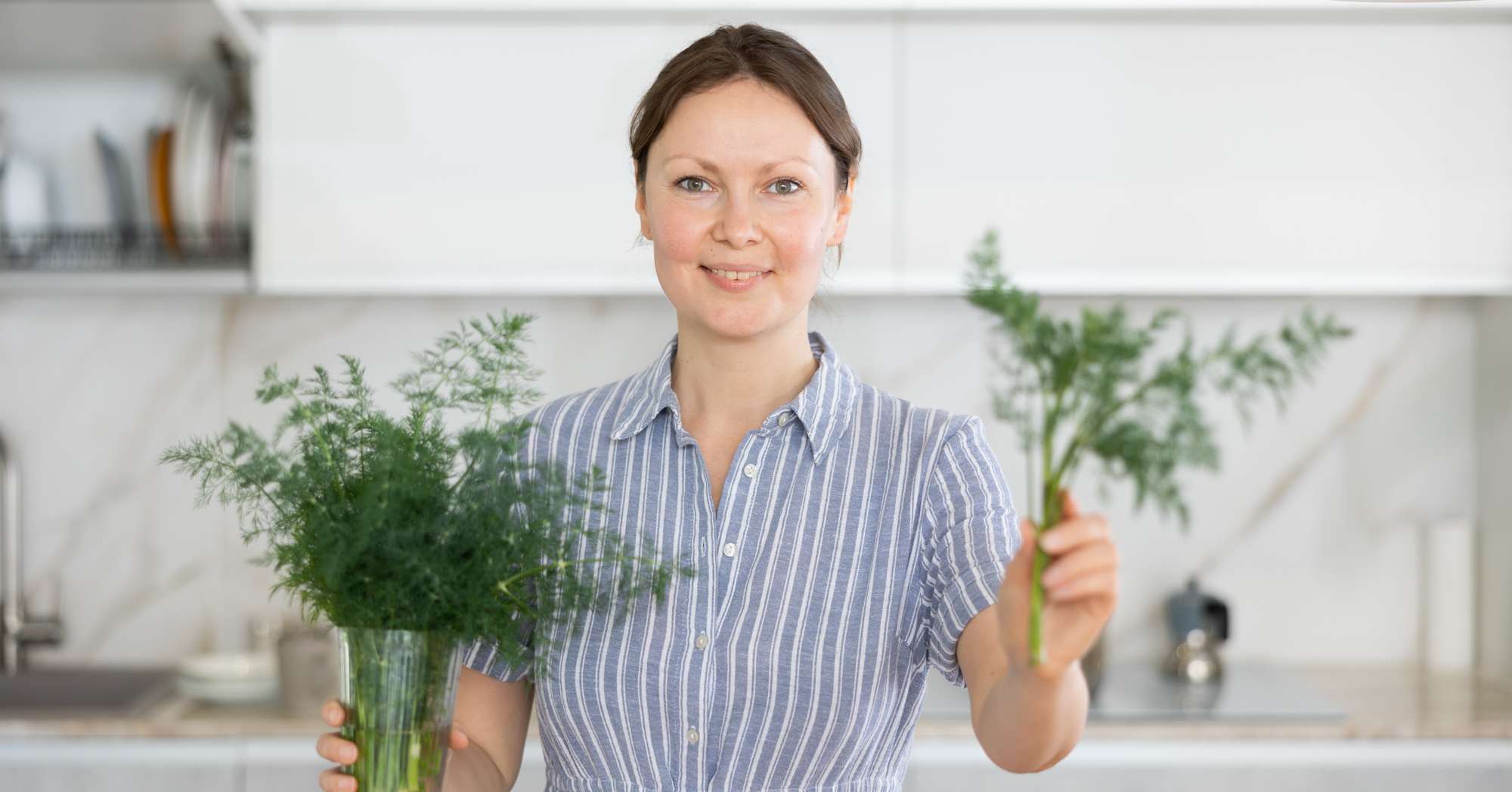
This light and feathery herb has a mild flavor similar to anise (or licorice). Dill is often used in pickling, as well as in seafood dishes, soups, and salads. You'll generally find dill in egg and potato salads and other dishes that need a simple garnish. Dill is a great addition to fish where you want a hint of seasoning while accenting the fish flavor.
Sage
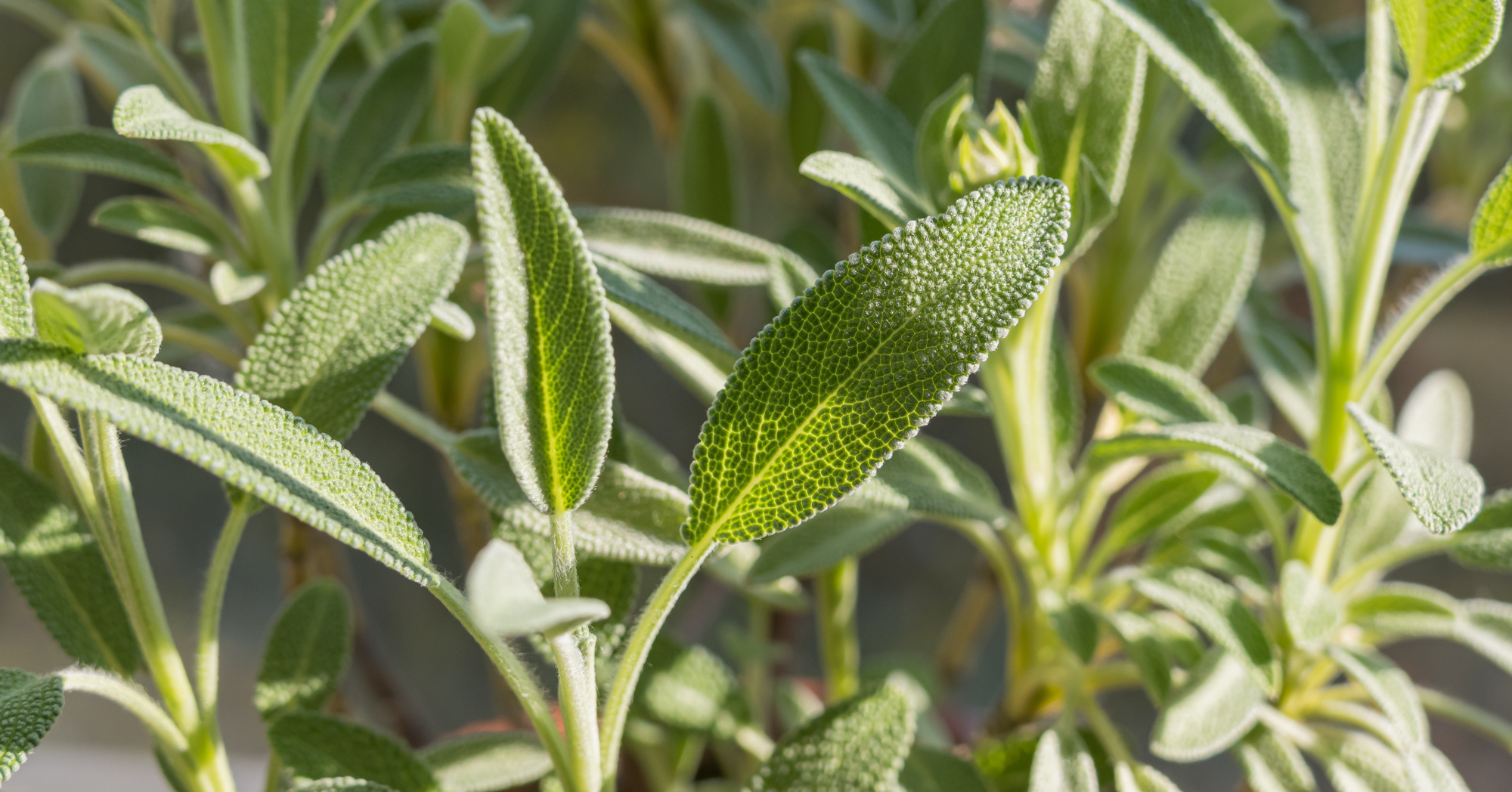
Sage is a fragrant herb with soft, gray-green leaves and a slightly peppery flavor. If you grow this in your home, you might find it enjoyable to feel the leaves from time to time and have the fresh smell follow you around for the day. The flavor of sage is quite pungent so you don't need much to season a dish. Sage is typically paired with poultry, pork, sausage, and butternut squash dishes.
Gorgeous, Self-Seeding Flowers You'll Only Have to Plant Once

Growing flowers from seeds is an inexpensive and great way to grow annuals (plants that only live for one year). However, just because you plant them once doesn't mean you'll have to re-plant them each. Some plants self-seed quite easily and will come back year after year with very little effort on your part. Many of these flowers also attract pollinators, such as bees and butterflies, to your garden.
12 Popular Plants to Absolutely Avoid Growing In Your Garden
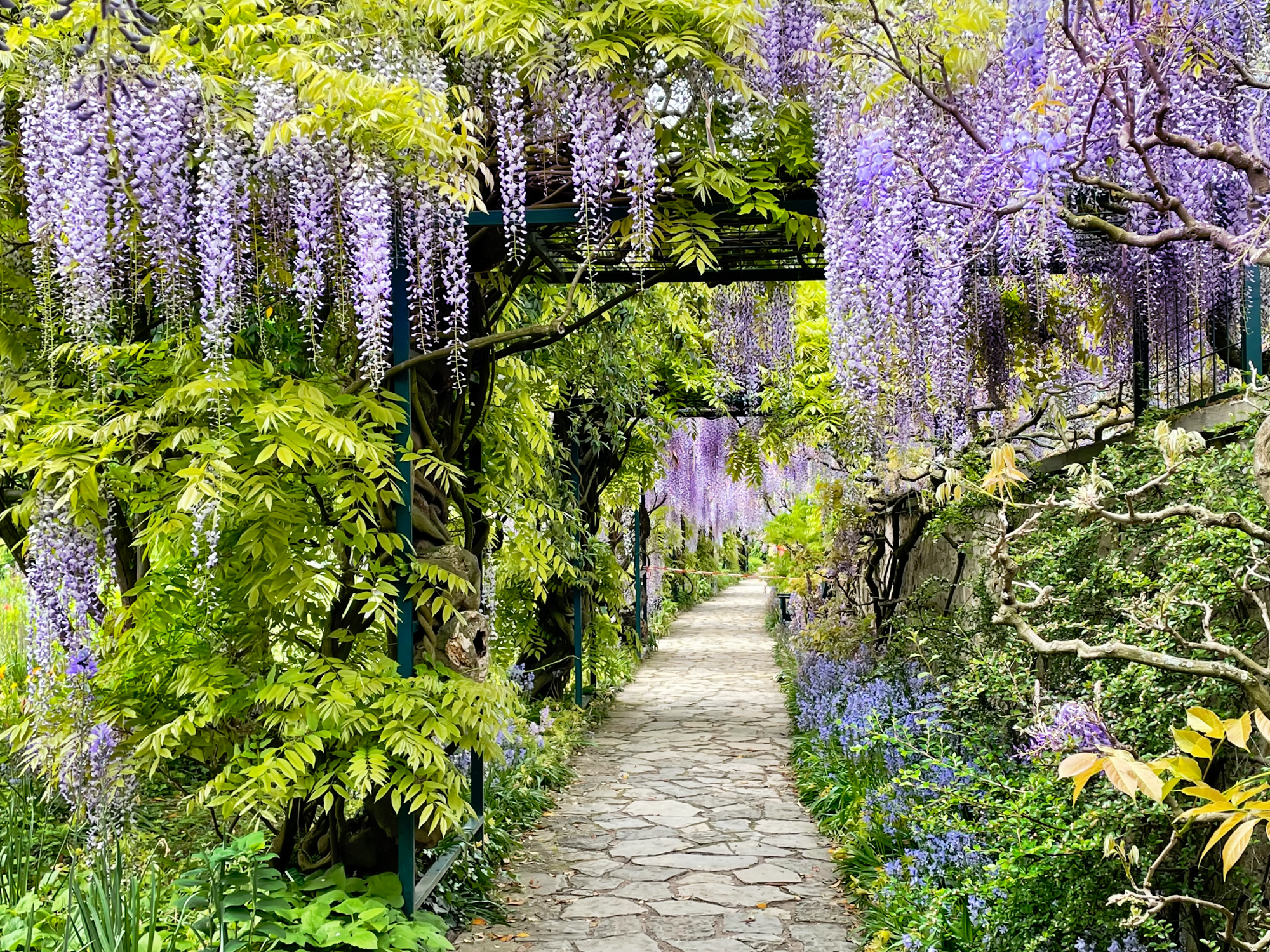
While gardening can be fun, make sure you avoid the plants on this list unless you want a headache. Some plants can become quite invasive and others have roots that can destroy the foundation of your house or break up sidewalks. Keep these plants out of your garden and you're on your way to a more pleasant and low-maintenance gardening experience.
Butterflies Can't Resist These Flowering Plants
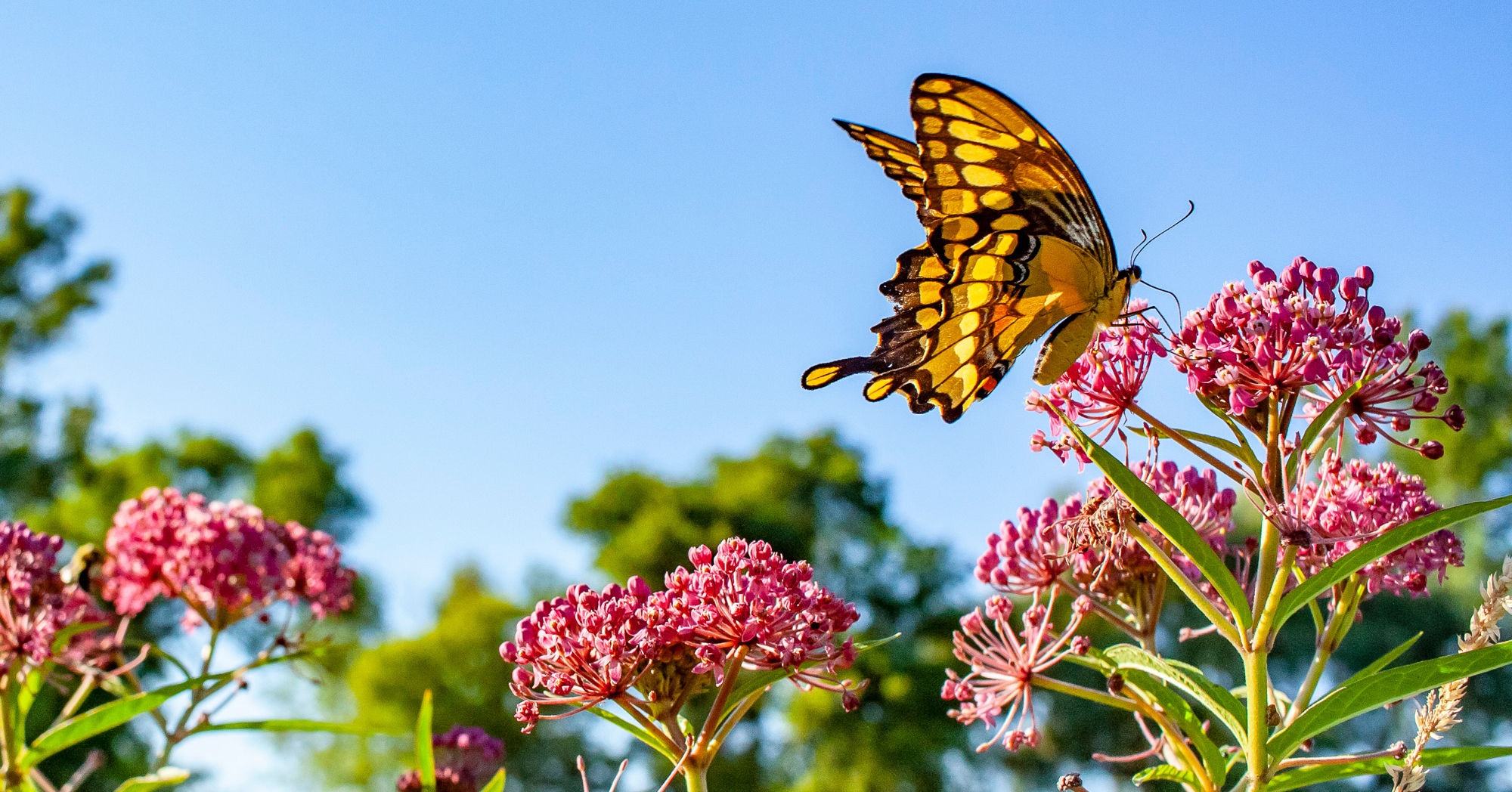
Watching butterflies around your garden is a great way to relax and unwind. Encouraging these beautiful insects to come into your yard is as simple as growing plants they're attracted to. While nearly any flowering plant will bring butterflies into your garden, the plants in this list are tried-and-true butterfly favorites.
The Worst Gardening Mistakes Beginners Make Regularly
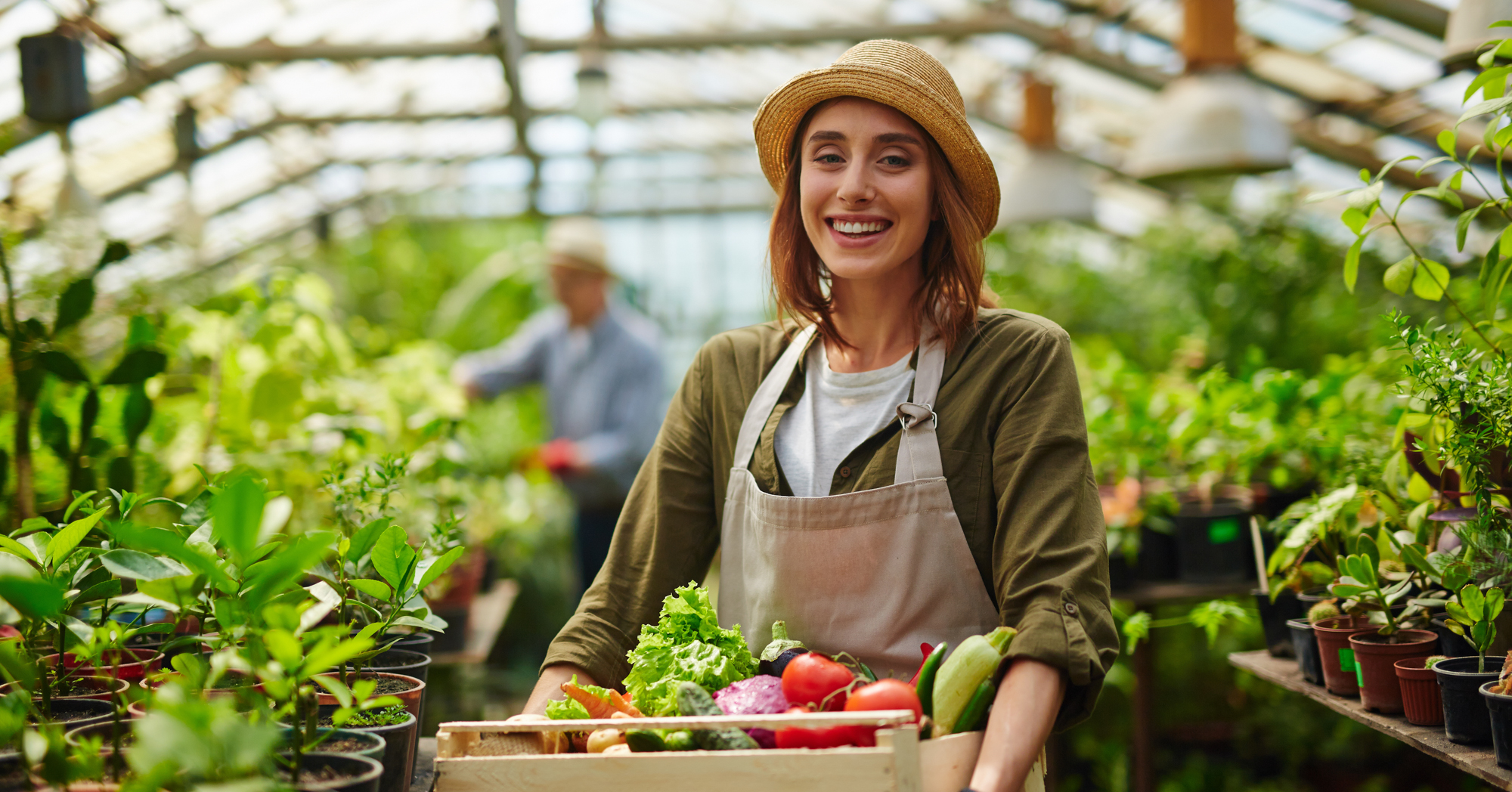
Gardening is a lot of fun but can also be quite overwhelming if you're just starting out. Naturally, new gardeners often learn from what they see more experienced growers doing. Sometimes this can lead to mistakes as beginners don't have the same knowledge and experience. These mistakes can be avoidable, but you have to know what to look for.
This article originally appeared on Succulents and Sunshine.